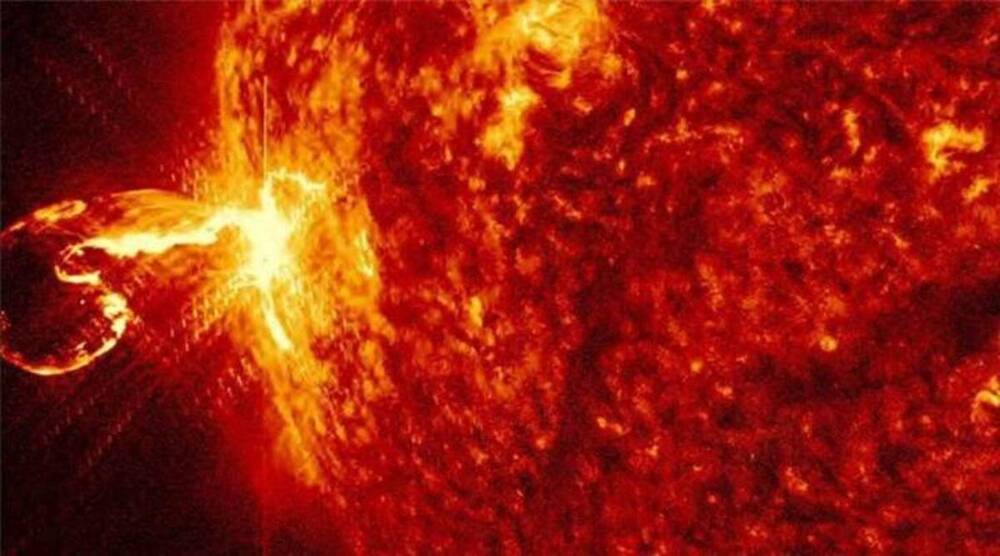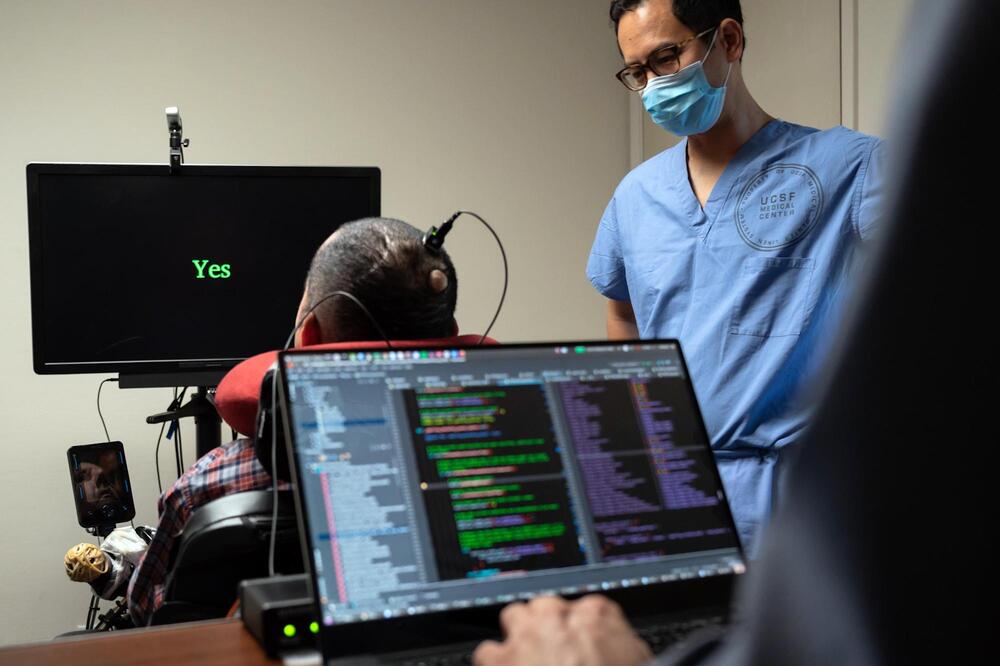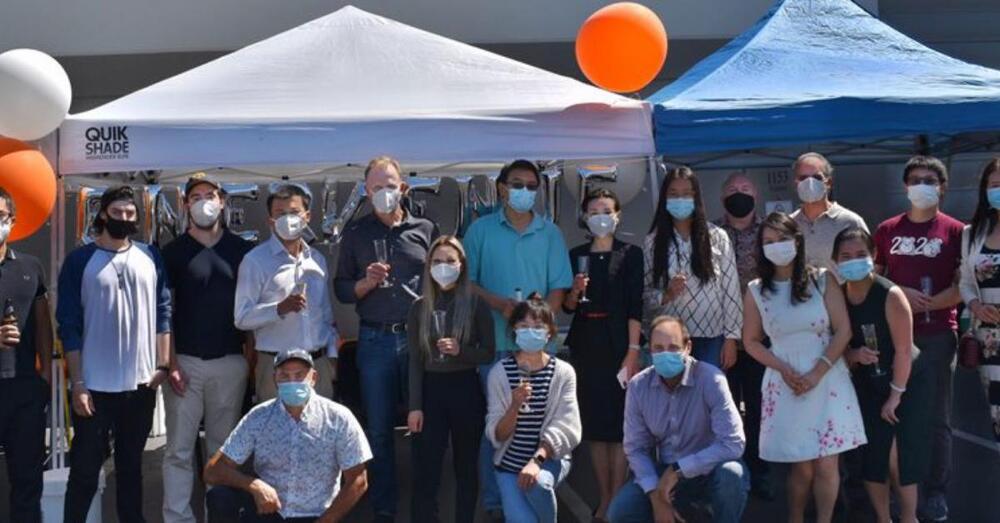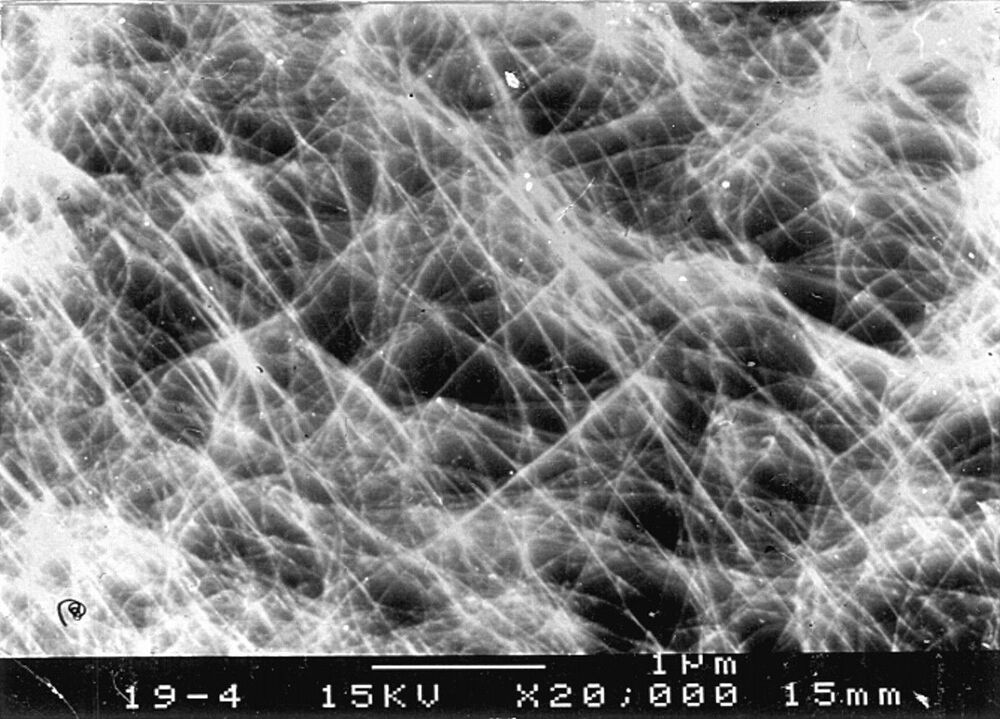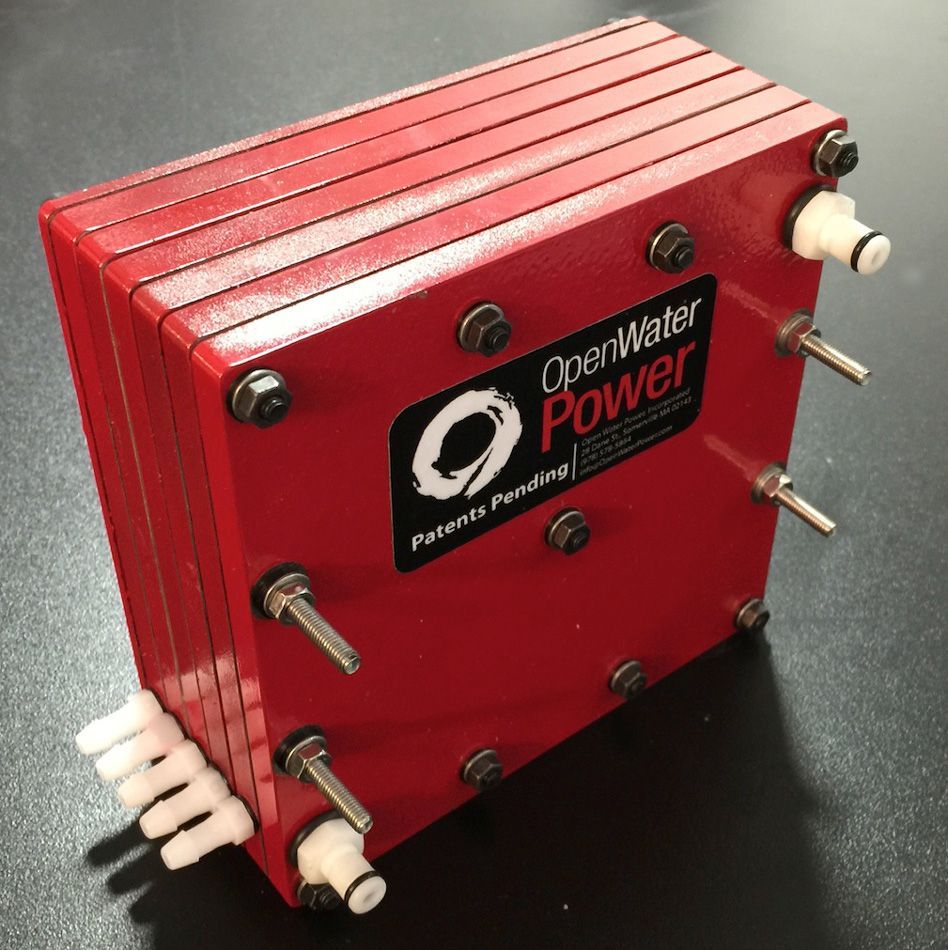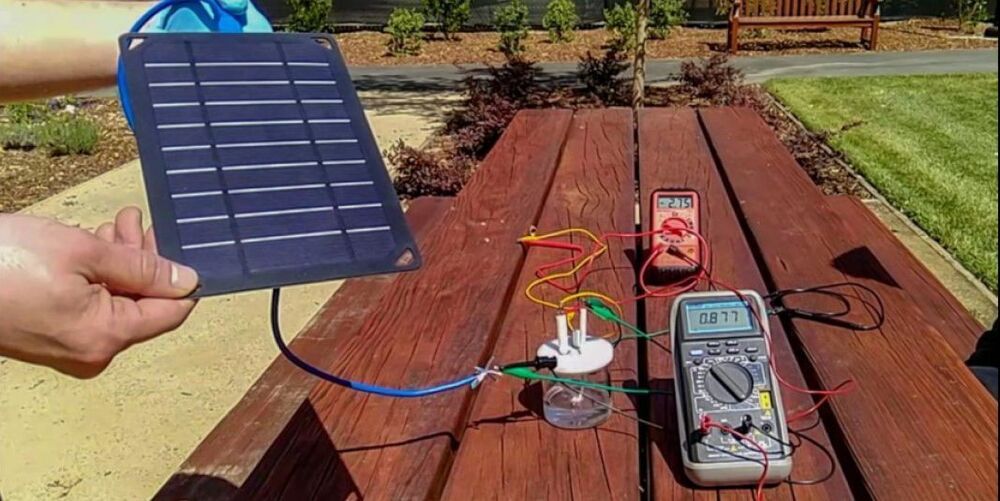Page 5232
Jul 17, 2021
New Zealand drone company speeds pace of nation’s effort to plant a billion trees
Posted by Genevieve Klien in categories: drones, sustainability
New Zealand drone company considerably accelerates the pace of the nation’s program to plant a billion trees by 2028.
Jul 17, 2021
Disable Windows print spooler or you could be hacked, says Microsoft
Posted by Genevieve Klien in category: cybercrime/malcode

Facepalm: Microsoft is once again advising its customers to disable Windows print spooler, after a new vulnerability that allows hackers to execute malicious code on machines has emerged. While a patch fixing the flaw will be released in due course, the most effective workaround currently on the table is to stop and disable the print spooler service entirely.
This is the third print spooler vulnerability to emerge in just five weeks. While a critical flaw was originally identified and patched in June, a similar flaw – dubbed PrintNightmare – came to light shortly after and was subsequently patched (with mixed success).
Continue reading “Disable Windows print spooler or you could be hacked, says Microsoft” »
Jul 17, 2021
Pulsars help detect space weather disruptions triggered by Sun
Posted by Genevieve Klien in category: space
For the first time, space weather disruptions triggered by the Sun were measured using pulsars with the help of the upgraded Giant Metrewave Radio Telescope (uGMRT) in Pune.
Usually weighing 1.5 times more than the sun, pulsars are massive stars which rotate at a very high speed (up to 600 rotations per minute) and emit periodic radio flashes. Pulsars are considered the most accurate clocks in the universe and scientists accurately predict their flashes.
Using uGMRT, astronomers record pulsar radio flashes once every 14 days and it was during one such observation in February 2019 that they chanced upon Coronal Mass Ejection (CME). One such disruption, resultant CME, was confirmed based on the abnormally-delayed radio signals received from PSRJ2145 – 0750, the pulsar source under uGMRT observation, on February 23, 2019.
Jul 17, 2021
Tapping into the Brain to Help a Paralyzed Man Speak
Posted by Sean Brazell in categories: biotech/medical, computing, neuroscience
He has not been able to speak since 2003, when he was paralyzed at age 20 by a severe stroke after a terrible car crash.
Now, in a scientific milestone, researchers have tapped into the speech areas of his brain — allowing him to produce comprehensible words and sentences simply by trying to say them. When the man, known by his nickname, Pancho, tries to speak, electrodes implanted in his brain transmit signals to a computer that displays his intended words on the screen.
His first recognizable sentence, researchers said, was, “My family is outside.”
Jul 17, 2021
Metal-hydrogen battery startup raises $12m for grid storage
Posted by Quinn Sena in category: time travel
Circa 2020 a completely renewable source is a solid state metal hydrogen battery but currently metal hydrogen batteries are coming more popular but Ideally I want a dilithium crystal in my time machine DeLorean c;
EnerVenue raises $12m to bring aerospace-proven metal-hydrogen battery into grid storage.
Jul 17, 2021
Hydrogen Storage in Single-Walled Carbon Nanotubes at Room Temperature
Posted by Quinn Sena in categories: nanotechnology, particle physics
Circa 1999 could lead to a sorta room temperature hydrogen fill up.
Masses of single-walled carbon nanotubes (SWNTs) with a large mean diameter of about 1.85 nanometers, synthesized by a semicontinuous hydrogen arc discharge method, were employed for hydrogen adsorption experiments in their as-prepared and pretreated states. A hydrogen storage capacity of 4.2 weight percent, or a hydrogen to carbon atom ratio of 0.52, was achieved reproducibly at room temperature under a modestly high pressure (about 10 megapascal) for a SWNT sample of about 500 milligram weight that was soaked in hydrochloric acid and then heat-treated in vacuum. Moreover, 78.3 percent of the adsorbed hydrogen (3.3 weight percent) could be released under ambient pressure at room temperature, while the release of the residual stored hydrogen (0.9 weight percent) required some heating of the sample.
Jul 17, 2021
Batteries that “drink” seawater could power long-range underwater vehicles
Posted by Quinn Sena in categories: energy, mapping, military
Circa 2017
MIT spinout Open Water Power, founded by alumni Ian McKay and Tom Milnes, has developed an aluminum-based power source that will extend the range of unpiloted underwater vehicles (UUVs) tenfold for military, research, mapping, oil drilling, and other applications.
Jul 17, 2021
Scientists Are Now Transforming Saltwater Into Hydrogen Fuel
Posted by Quinn Sena in categories: solar power, sustainability
Circa 2019
Thanks to Stanford researchers, there might be a new recipe for hydrogen fuel: saltwater, electrodes and solar power. The researchers have developed a proof-of-concept for separating hydrogen and oxygen gas from seawater via electricity. It’s far cheaper than the current methods, which rely on creating hydrogen fuel from purified water.
Breaking up a substance like water to create hydrogen and oxygen is called electrolysis and is a scientific technique centuries old. It was first codified by British scientific legend Michael Faraday, whose two laws of electrolysis from 1834 still guide scientists today. With a power source connecting to two water-based electrodes, scientists can get hydrogen bubbles to come out of an end called an cathode, while oxygen comes out of an end called an anode.
Continue reading “Scientists Are Now Transforming Saltwater Into Hydrogen Fuel” »
Jul 17, 2021
New tech can get oxygen, fuel from Mars’ salty water
Posted by Quinn Sena in categories: energy, space
Circa 2020
A new electrolysis system that makes use of briny water could provide astronauts on Mars with life-supporting oxygen and fuel for the ride home, according to engineers at the McKelvey School of Engineering at Washington University in St. Louis, who developed the system.


